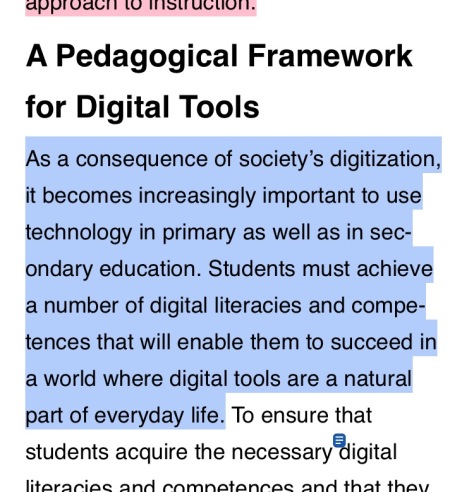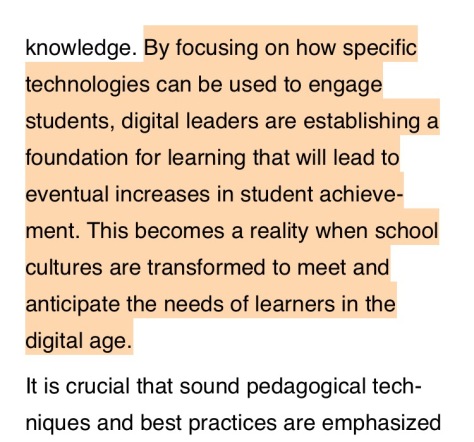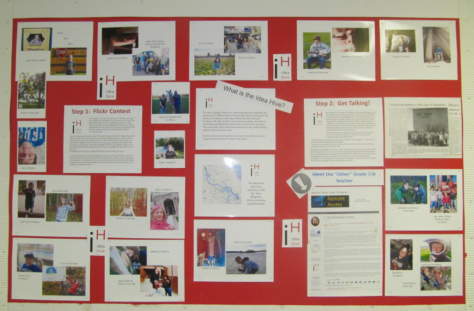At last year’s 21C Roundtable, there were many conversations about how to spread “best practice” around the province.
Over the past year, speakers such as Pak Tee Ng and Simon Breakspear have emphasized that learning is contextual, and a “best practice” in one setting might not translate well into another setting, but educators can adapt and adopt the ideas of others to suit their environment.

One great way to spread “best practice” is to have educators share their work and their thinking openly on their blog.
Today we highlight the writing of Jamie Reaburn Weir, as she documents her thinking about her work.
While I read Jamie’s blog faithfully, I was particularly drawn to her post entitled “Team Teaching“. It’s a powerful post, in that Jamie reflects on her own state of mind during this busy time, her conversations with her colleague, Andrew Bieronski, and his visit to her classroom. But the real gem is the documentation of the student voice after the visit, and Jamie’s reflections on how team teaching might change the learning opportunities for her students.
As leaders, how can we enable, encourage and nurture this type of open practice (team teaching, deep conversations about learning, and blogging/sharing openly)?
Take a moment to comment on one of Jamie’s rich posts, and consider how her work can inform the work of other educators in 2016.







 On my way back to northern Ontario, I was reflecting on what a privilege it is to be part of a group of educators so passionate about what is best for children, so knowledgeable about digital resources and so determined to make a difference. I am proud to have them in my PLN, both face-to-face as it was this past week, and over social media, as we work together until our next opportunity for a f2f session.
On my way back to northern Ontario, I was reflecting on what a privilege it is to be part of a group of educators so passionate about what is best for children, so knowledgeable about digital resources and so determined to make a difference. I am proud to have them in my PLN, both face-to-face as it was this past week, and over social media, as we work together until our next opportunity for a f2f session.






